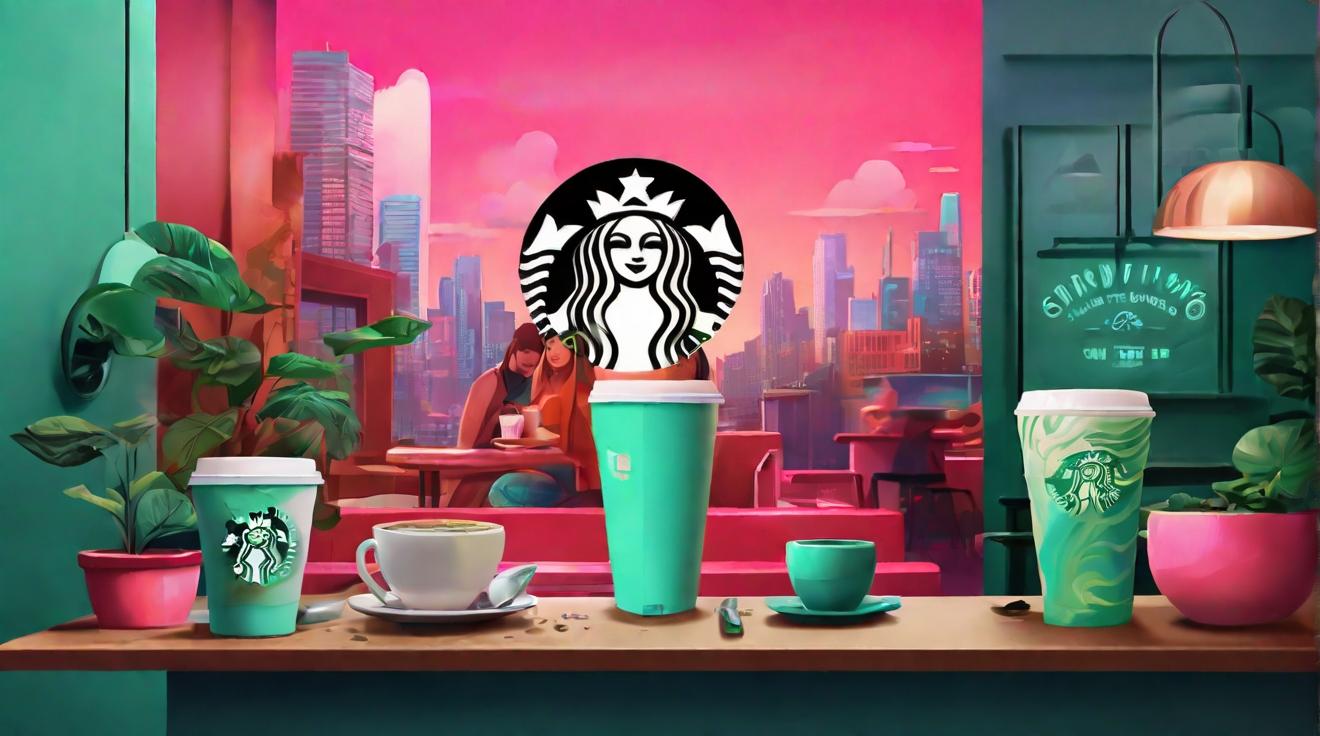Starbucks vs. Independent Cafés: Analyzing the Battlefields of the Coffee Shop Market
New York, NY – In the bustling world of coffee, a fierce rivalry brews between the global powerhouse Starbucks and the charm-filled corners of independent cafés. This competitive landscape offers a rich ground for a SWOT analysis to understand the strengths, weaknesses, opportunities, and threats each contender faces in the relentless quest for dominance in the coffee shop market.
Strengths: Starbucks' Global Reach vs. Indie Cafés' Local Charm
Starbucks' unparalleled global presence stands as a titan in the industry, boasting over 30,000 outlets worldwide. Its brand recognition and customer loyalty programs are unmatched, leveraging technology through mobile apps to enhance customer experience and retention. Meanwhile, independent cafés cultivate a unique atmosphere and personalized service, offering a haven for coffee lovers seeking authenticity and a sense of community. Their ability to rapidly adapt and innovate their menus with local flavors and organic products also sets them apart.
Weaknesses: Standardization vs. Scale
However, Starbucks' strength is also its Achilles' heel. The very standardization that ensures a consistent experience can sometimes detract from the authenticity sought by a segment of coffee enthusiasts. On the other hand, independent cafés struggle with scaling issues and financial limitations, making it challenging to compete with the marketing and technological investments of a behemoth like Starbucks.
Opportunities: Expanding Markets and Niches
The global coffee culture is more vibrant than ever, offering growth opportunities for both Starbucks and independent cafés. Starbucks is aggressively expanding in emerging markets, with a keen focus on Asia-Pacific regions. Independents can capitalize on the growing demand for sustainable and ethically sourced coffee, tapping into the eco-conscious consumer base that values transparency and sustainability in their coffee choices.
Threats: Market Saturation and Economic Uncertainties
The coffee shop market is nearing saturation in many urban areas, making competition fiercer. Economic uncertainties, including fluctuating coffee bean prices and rent inflation, pose significant threats to profitability. For Starbucks, the challenge lies in maintaining growth momentum without diluting its brand, whereas independent cafés face the daunting task of surviving amidst rising operational costs and the ever-looming shadow of big chains.
Conclusion: A Market Brewed with Dynamic Rivalries
The coffee shop market is a testament to the dynamic interplay of global vs. local, where Starbucks and independent cafés each wield their unique strengths to brew success. As the market continues to evolve, adaptability, innovation, and understanding consumer preferences will be key ingredients for those looking to thrive in the competitive coffee landscape. Whether preference lies with the global giant or the local gem, one thing remains clear: the love for coffee continues to fuel a market rich with opportunities and challenges.
In this caffeinated rivalry, the ultimate winners are the consumers, who benefit from the diverse offerings and innovations spurred by the ongoing battle between Starbucks and independent cafés. As we sip our lattes and espressos, let's savor not just the coffee but the vibrant market dynamics that serve it.













